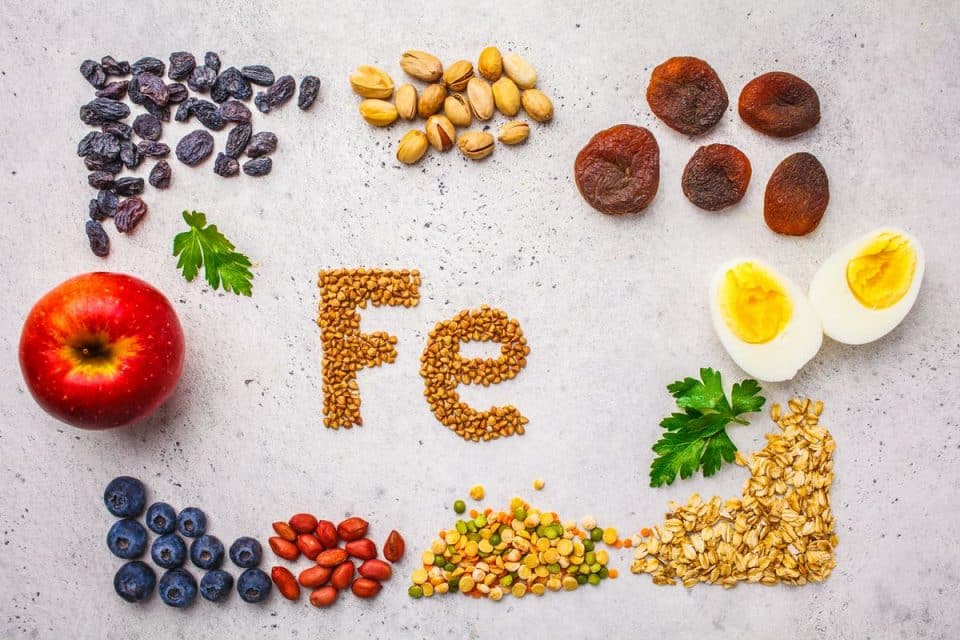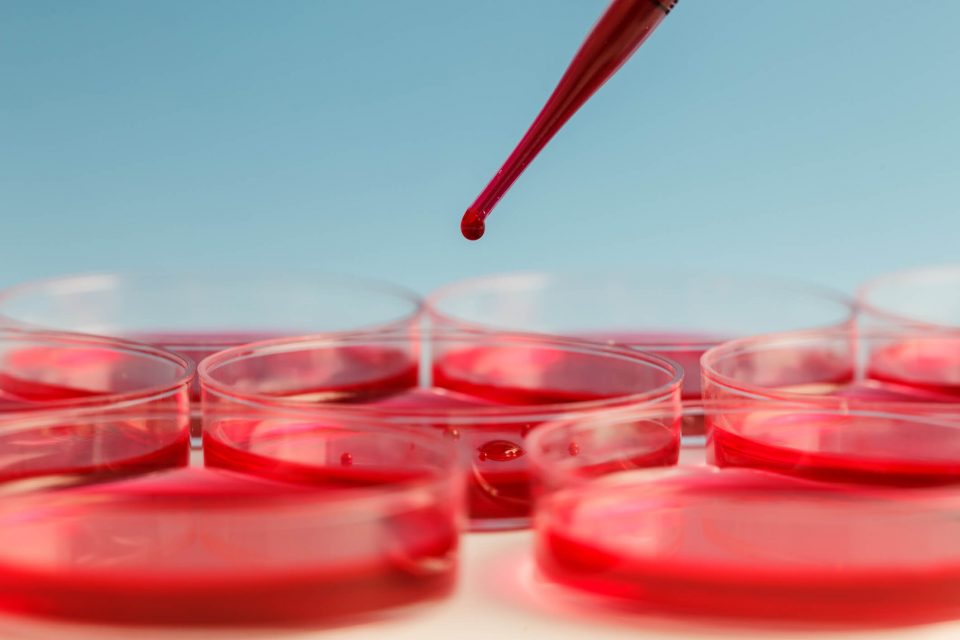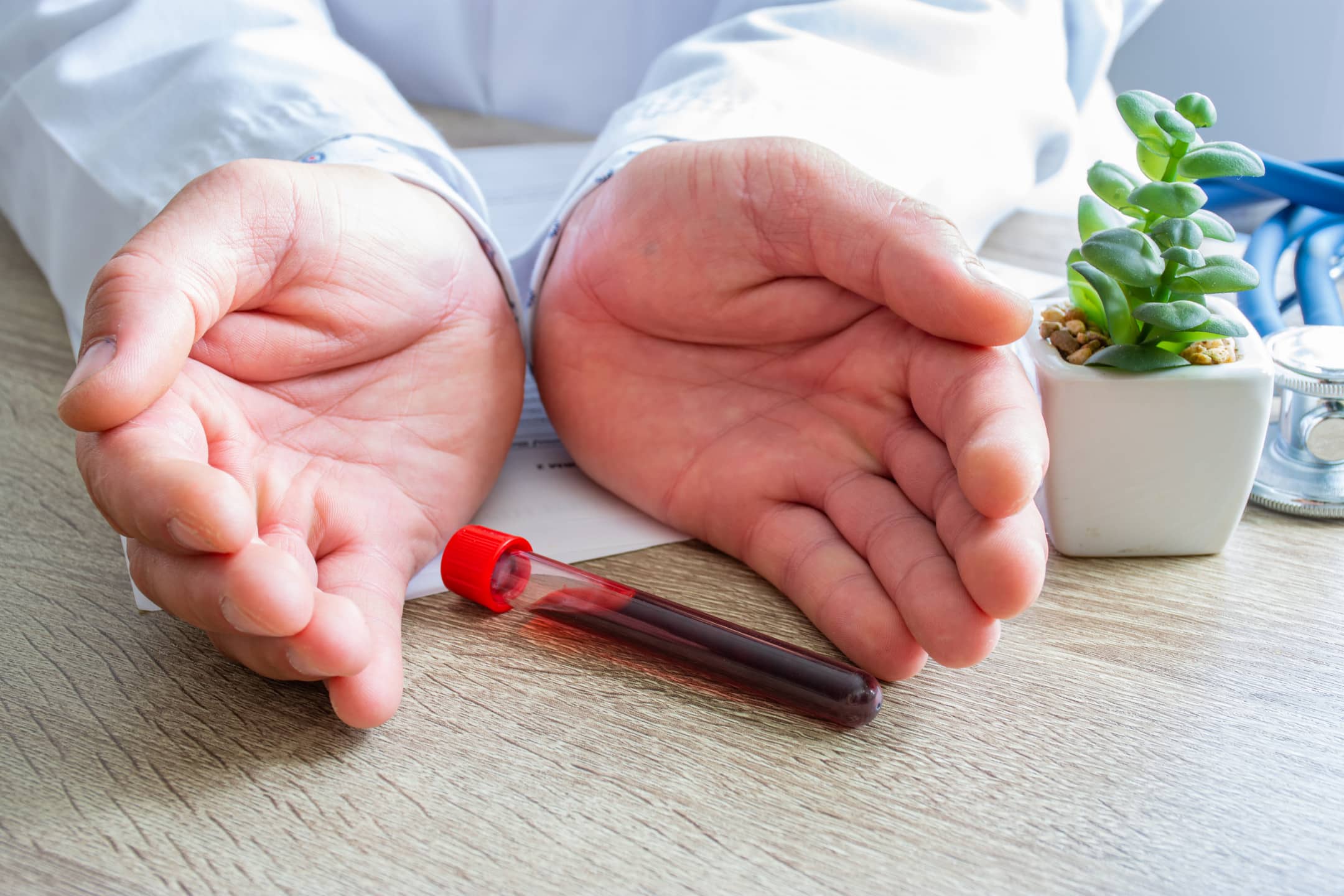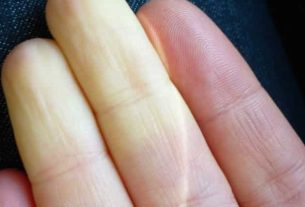According to studies, around a third of the child population suffers from anemia. The symptoms of childhood anemia and treatments are already known.
Are you afraid that your child may develop some type of anemia during childhood? If so, this is understandable, as anemia can influence some aspects of your children’s growth. Although it may seem like the end of the world, as no one wants to see their child suffering, it is possible to identify the symptoms of childhood anemia and apply some treatments.
In short, according to the WHO (World Health Organization), anemia is caused by deficiency in hemoglobin levels. Hemoglobin is nothing more than one of the proteins in red blood cells, which are generally responsible for carrying oxygen throughout the body.
In general, the main symptoms of anemia in children, or in adults, are lack of energy and fatigue, which is characterized by tiredness and extreme weakness. When anemia is more intense, symptoms can worsen, causing insensitivity in the hands and feet, dizziness and shortness of breath.
What is anemia and its types

As previously stated, anemia is most often identified as a result of extreme tiredness and weakness. Symptoms in childhood anemia, or in adults, are caused by insufficient oxygen in the body, as this is the main area affected by anemia. Anemia itself has different types and causes. Furthermore, symptoms can be felt with different intensities, depending on their types and causes.
Symptoms are initially monitored, but as soon as a pattern in the patient’s symptoms is observed, a blood count will be requested. The blood count, which is done after collecting the patient’s blood, will measure the types of cells that exist in the blood. Once anemia has been identified based on the blood count, additional tests will probably be requested to identify the type of anemia.
1 – Iron deficiency anemia
A lack of iron in the body characterizes the most common type of anemia, which plagues children and adults around the world. In fact, the main symptoms mentioned above are the main symptoms of insufficient iron in the blood. Iron is a very important component in the production of hemoglobin, which transports oxygen throughout the body. When iron intake is reduced, less hemoglobin is formed, which results in anemia.
2 – Anemia due to vitamin B12 and folic acid deficiency
This type of anemia is also called “pernicious anemia”. It is characterized by the non-production of a component called “intrinsic factor”. This component is a protein linked to vitamin B12, which is important in the production of hemoglobin. In other words, without intrinsic factor, the body has difficulty absorbing vitamin B12, resulting in anemia. Deficiency of this vitamin can also be caused by inadequate diet and problems that affect the intestine.
3 – Aplastic anemia
Aplastic anemia is characterized by atypical symptoms, such as long-lasting bleeding, nose and gum bleeding, and involuntary purple spots on the body. Furthermore, this type of anemia also makes the person more prone to infections. This type of anemia is caused by the reduction of all cells produced in the bone marrow, that is, the body does not effectively produce hemoglobin, leukocytes and platelets. This type of anemia usually results from certain viral infections, such as HIV and hepatitis, but it can also be hereditary.
4 – Hemolytic anemia
As you already know, anemia is caused by insufficient oxygen in the body. In healthy people, hemoglobin, which is responsible for carrying this oxygen, lives for around 120 days. However, when you have hemolytic anemia, this lifespan is reduced to just a few days. Therefore, the replacement of these hemoglobins is affected, causing anemia in patients. This type of anemia can also be hereditary or acquired.
5 – Anemia of chronic diseases
Some long-term chronic diseases, such as HIV and cancer, can lead to anemia in patients. Because the patient is already affected by some type of disease, this type of anemia is generally only identified when the patient needs to undergo a routine blood count. Furthermore, the patient’s body, in a way, “gets used to” anemia, which means it is not identified in advance.
Childhood anemia

Childhood anemia can be linked to any of the types mentioned above, however, it is generally caused by insufficient iron in hemoglobin. According to research carried out at the Federal University of São Carlos (UFSCar), one in three Brazilian children suffer from childhood anemia. Previous research showed that more than half of the country’s children suffered from this illness, meaning there was a significant improvement in the number of cases.
This number is alarming because children, in general, need to consume up to four times more iron than adults. Furthermore, in addition to iron, children need to ingest more nutrients than adults in order for their bodies to function properly, whether in the immune system or the cognitive system. Children often suffer from anemia because they are unable to eat properly, rejecting vegetables.
Symptoms of childhood anemia go beyond fatigue and lack of energy. Among them, it is possible to observe excessive sleep and tiredness. Furthermore, lack of appetite is also quite common, as taste buds can be affected. Furthermore, shortness of breath can also be observed, requiring greater attention to this symptom. Lack of attention and learning difficulties can also be observed in children, as the cognitive region is also affected by anemia.
Treatments for anemia

The main way to prevent and treat the symptoms of childhood anemia is the same: control your diet. Introducing foods rich in iron is essential for children to stay healthy. Meat, especially beef liver, is rich in iron. Furthermore, leaves such as kale and arugula also help with iron intake and the consequent production of hemoglobin. In some cases it may be necessary to take iron and vitamin B12 supplements, but this requires medical supervision.
When the type of anemia is not due to iron and vitamin deficiency, more special medical monitoring is necessary. Therefore, it is necessary to take the child to the doctor and identify precisely which type of anemia is affecting him. With the correct diagnosis and accurate treatment, your child will soon be back on the road!
If you want to know more about who can suffer from anemia: Does menstruation cause anemia? Better understand the subject and the causes
Images: Pixabay

Sign up for our newsletter and stay up to date with exclusive news
that can transform your routine!
Warning: Undefined array key "title" in /home/storelat/public_html/wp-content/plugins/link-whisper-premium/templates/frontend/related-posts.php on line 12
Warning: Undefined array key "title_tag" in /home/storelat/public_html/wp-content/plugins/link-whisper-premium/templates/frontend/related-posts.php on line 13




